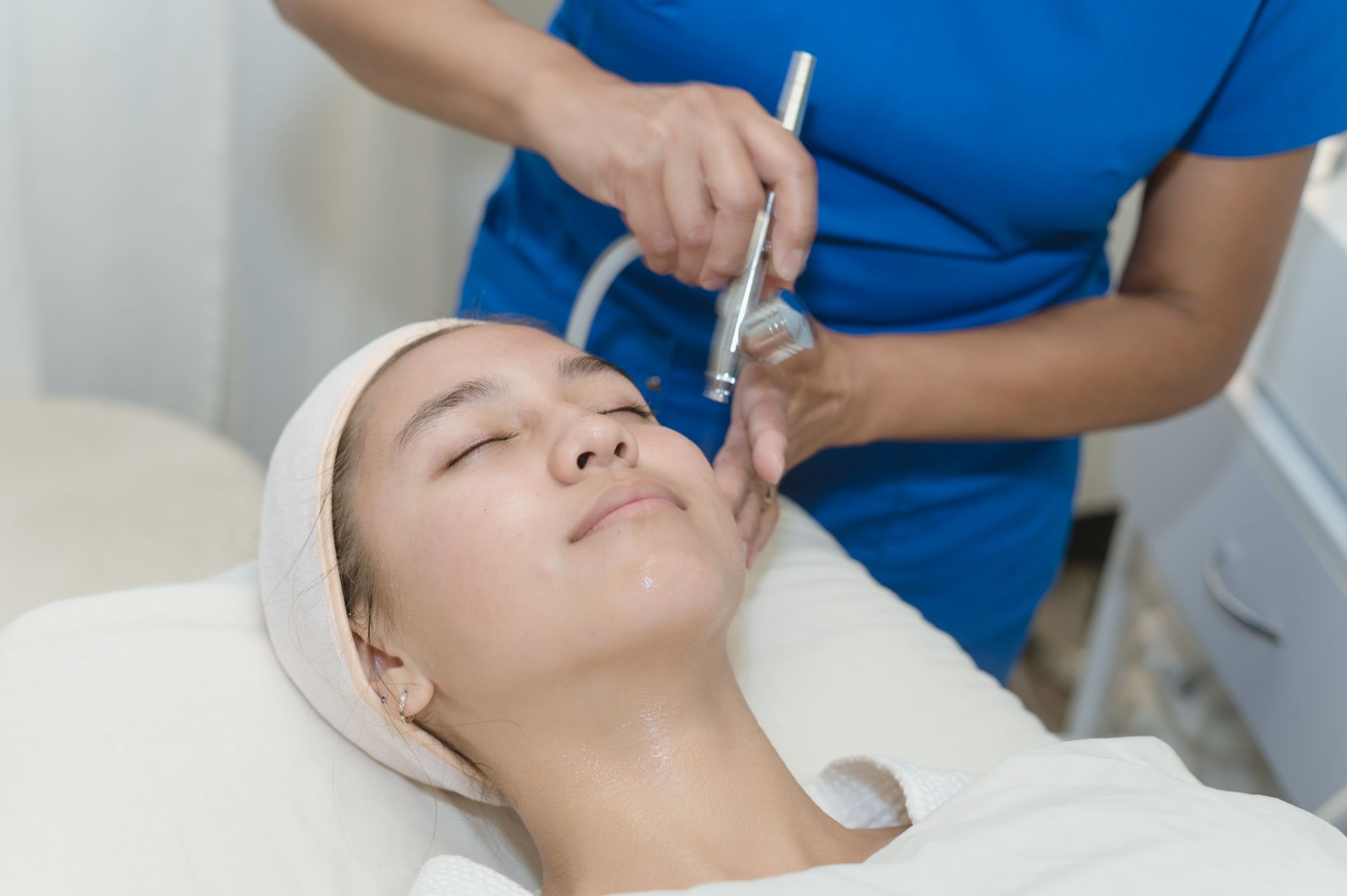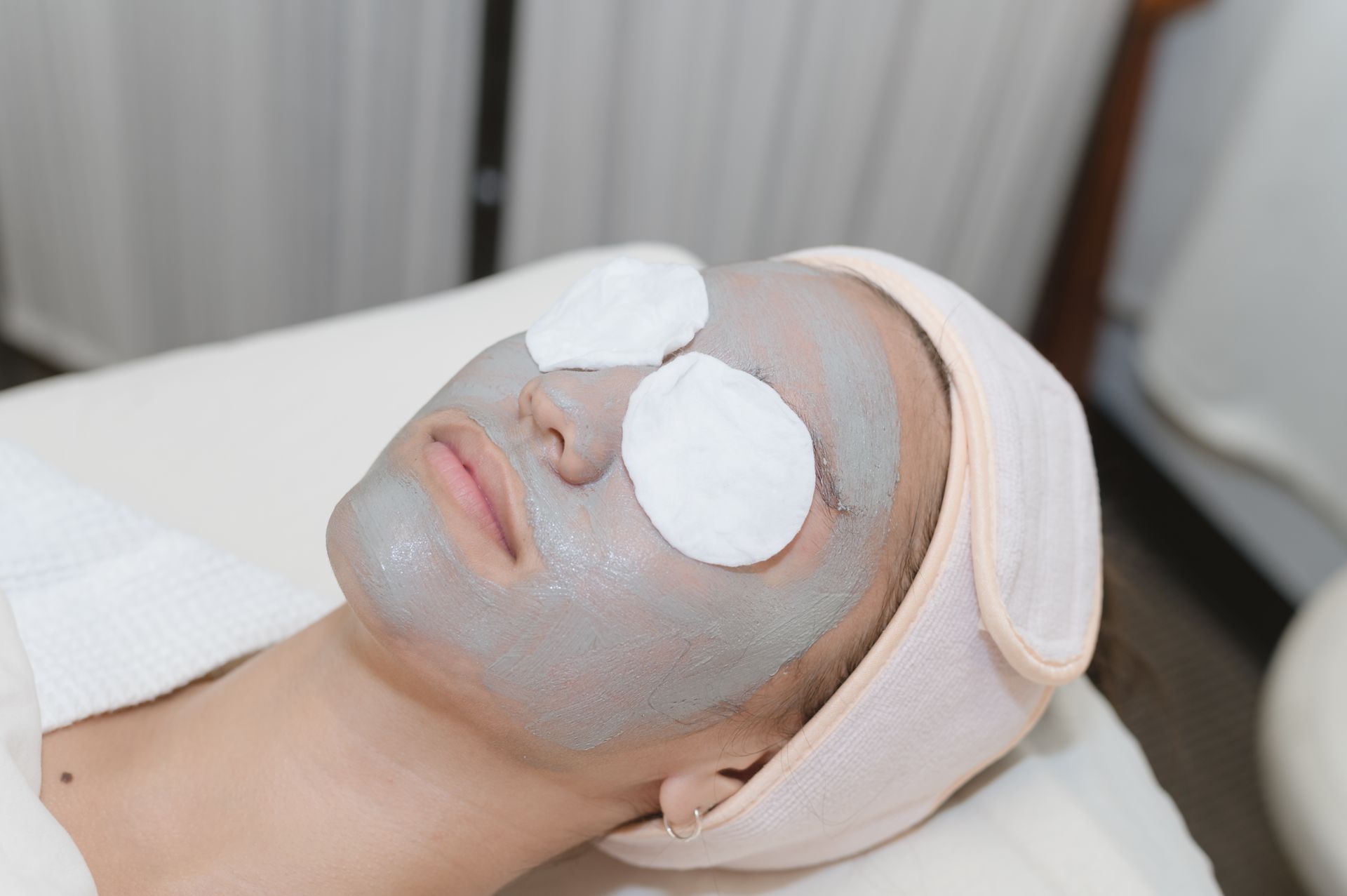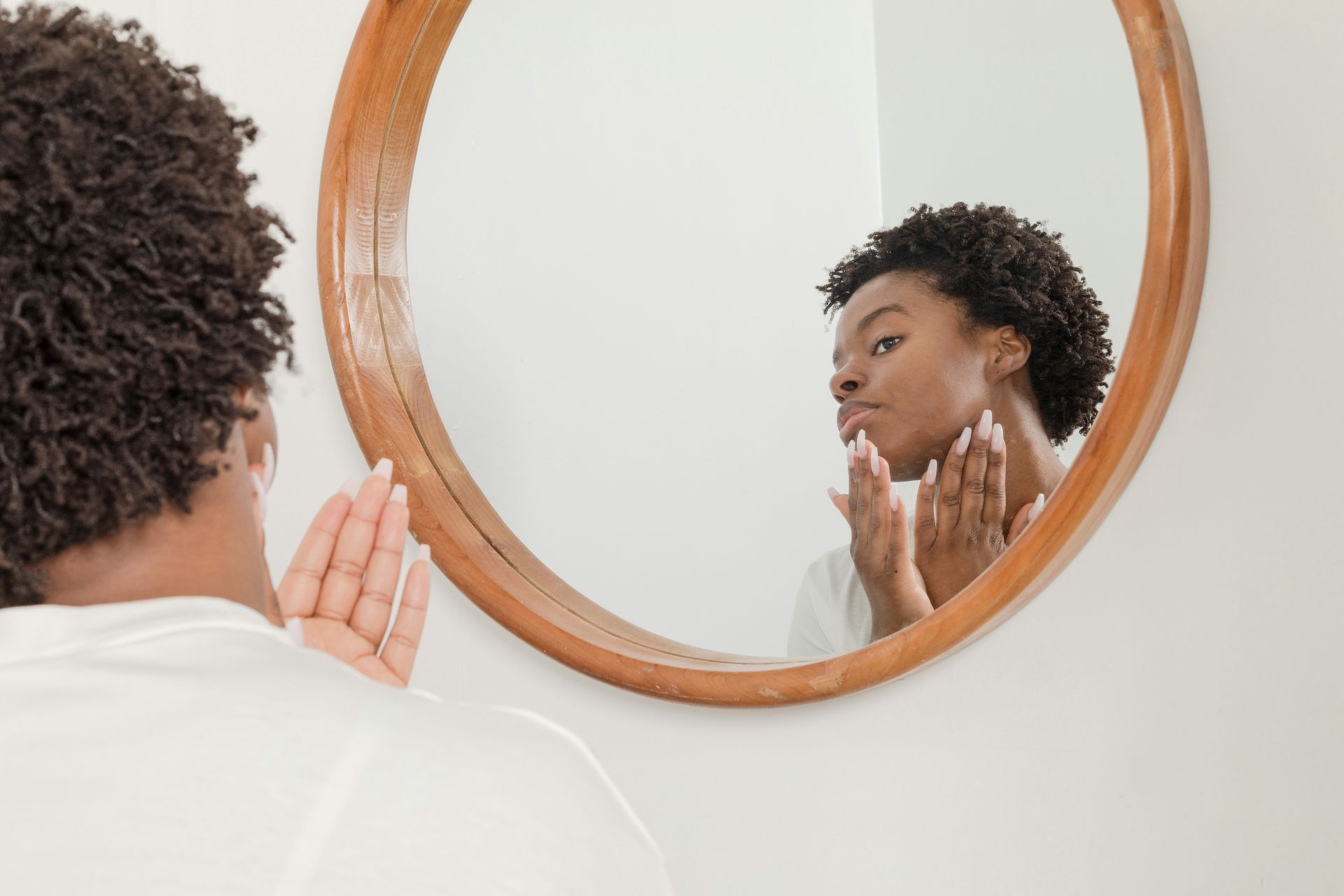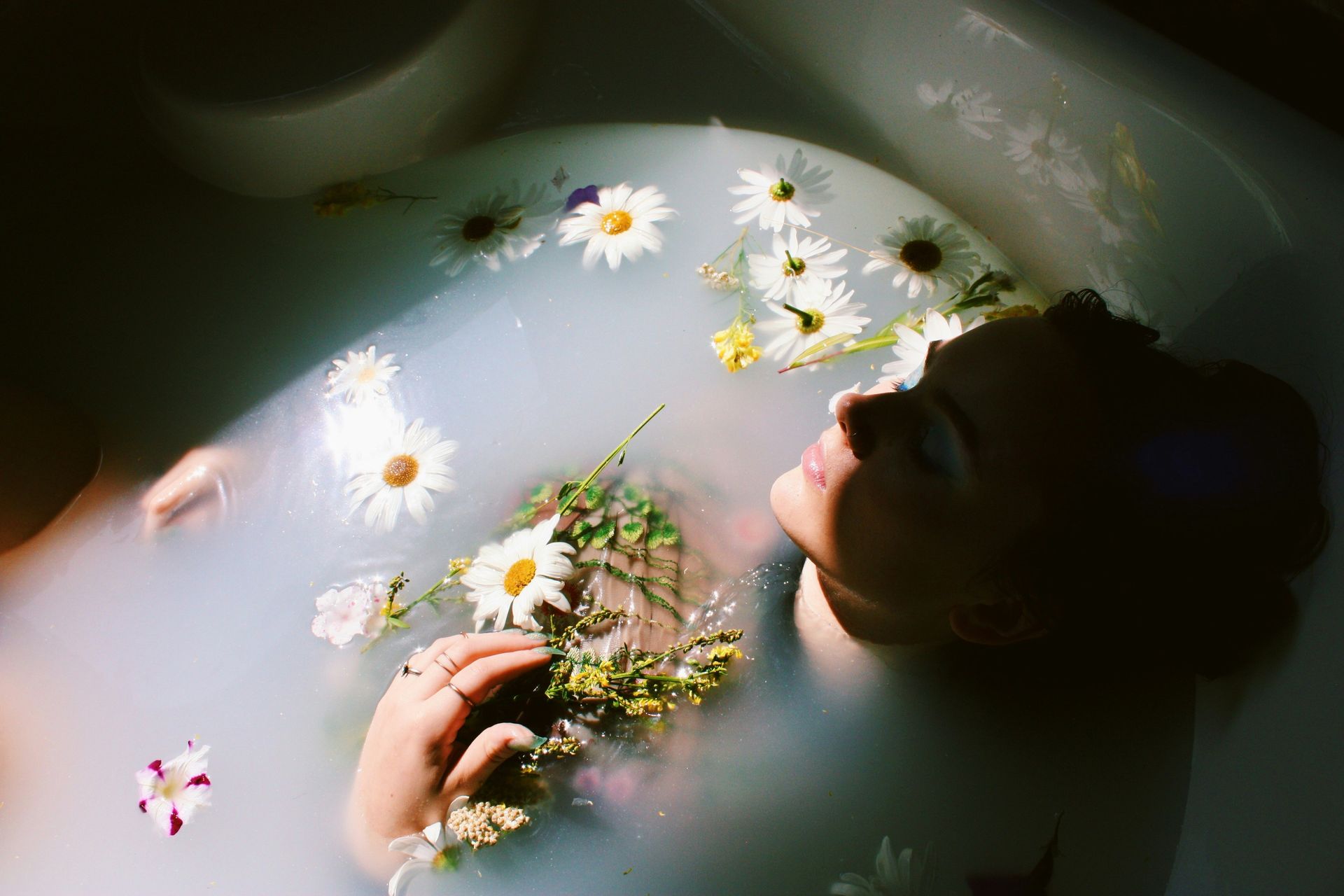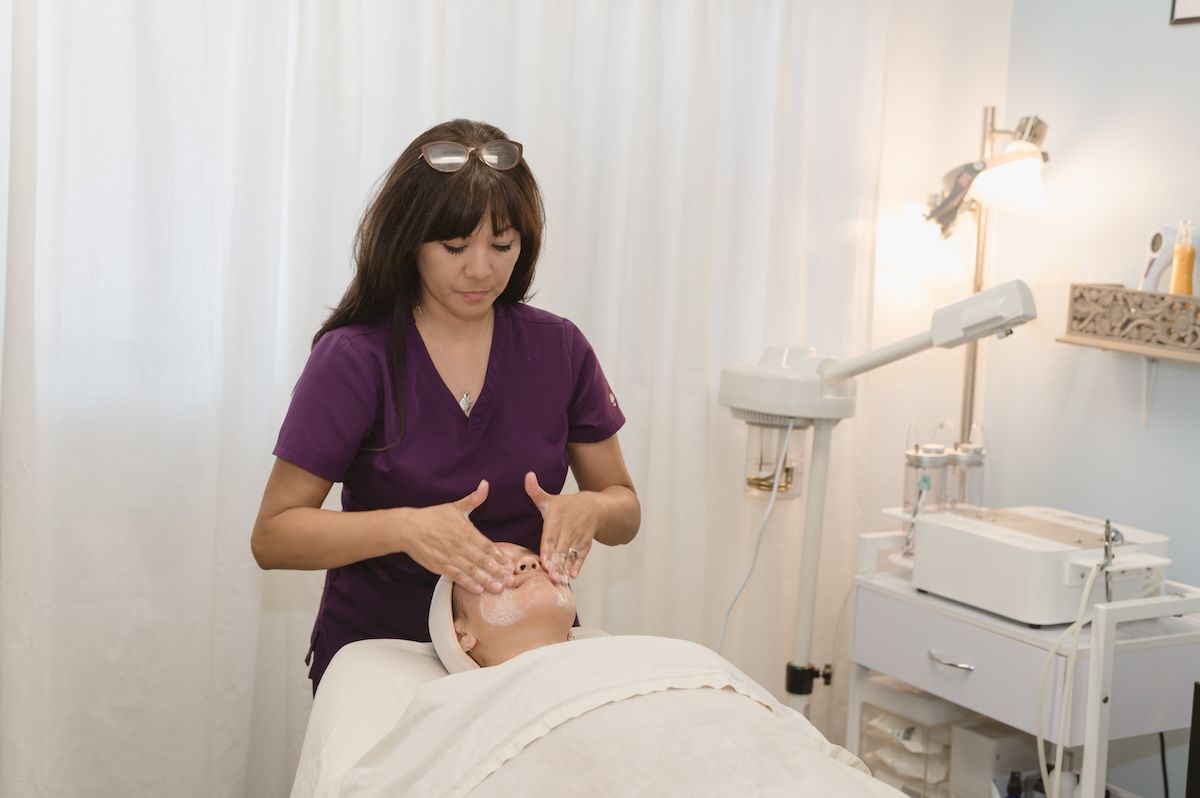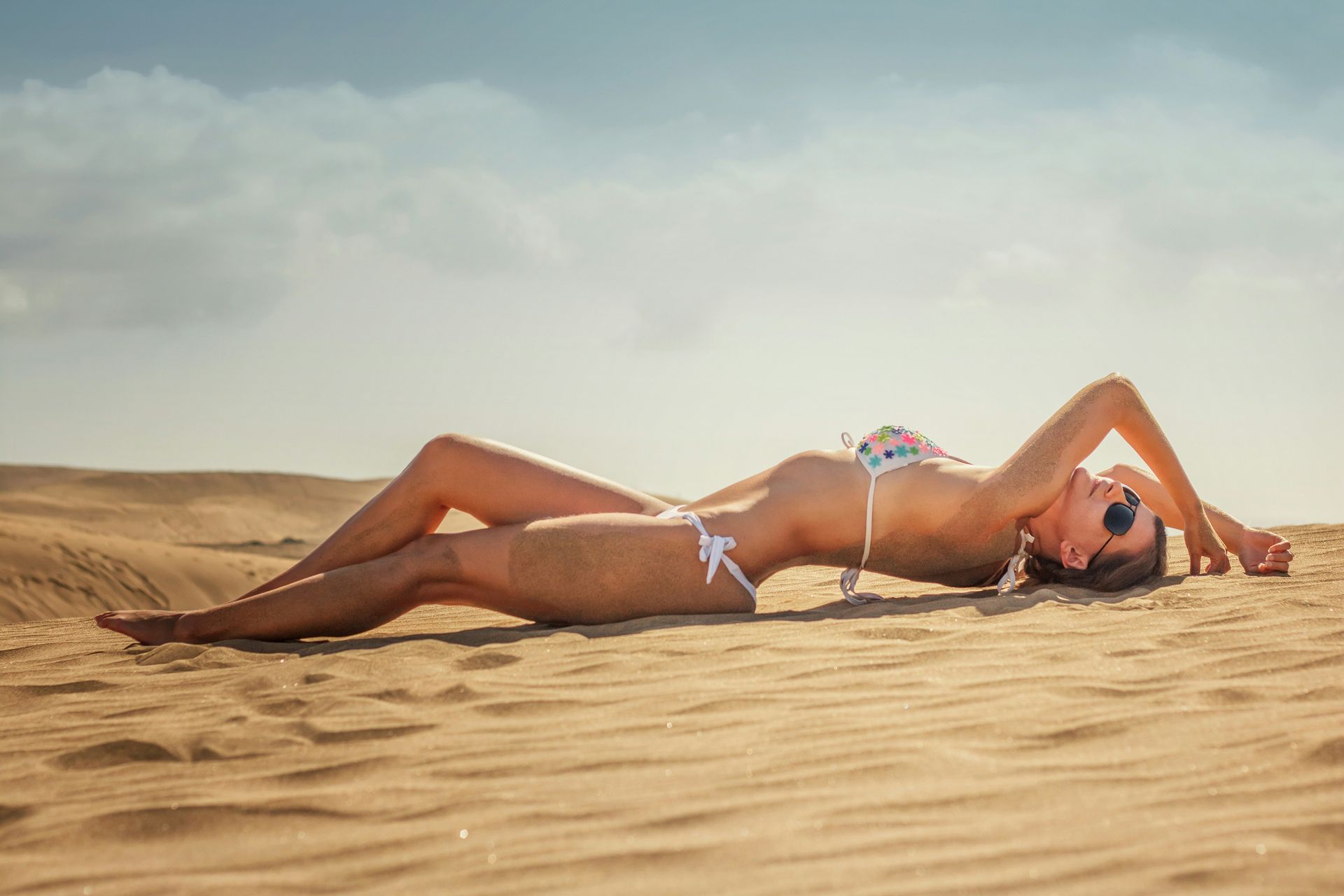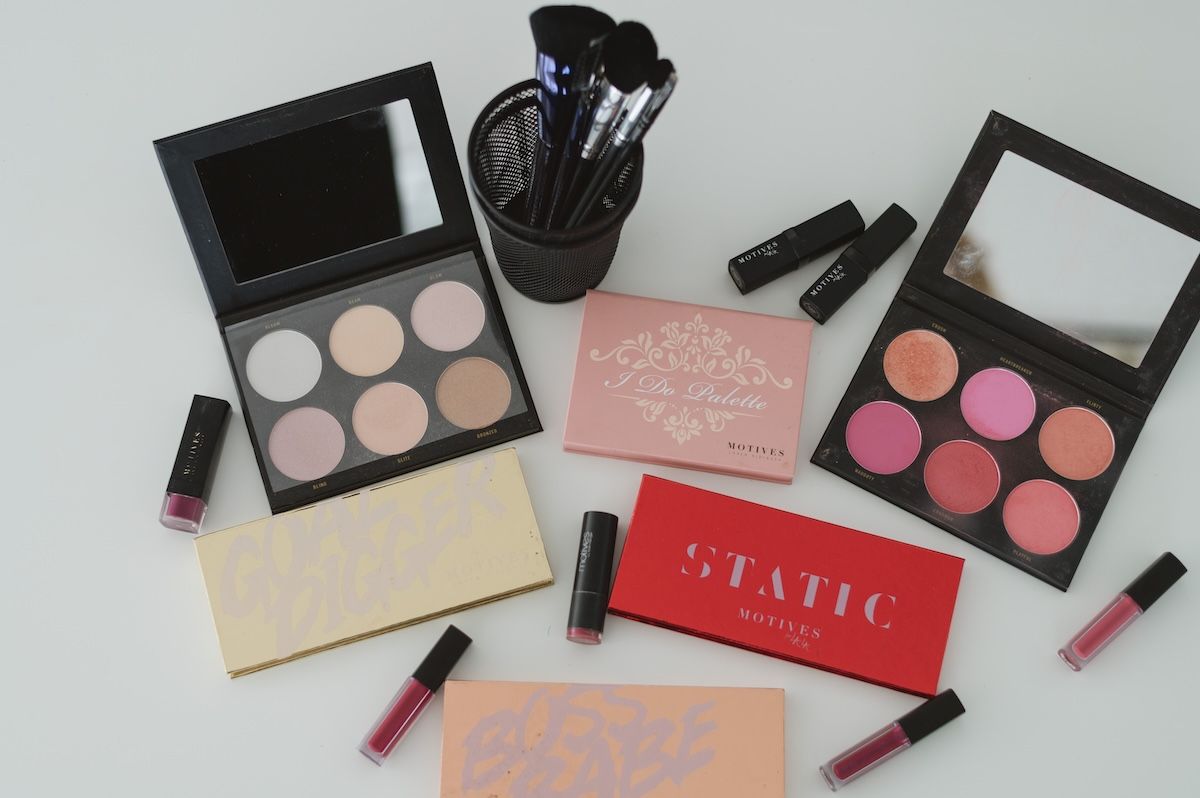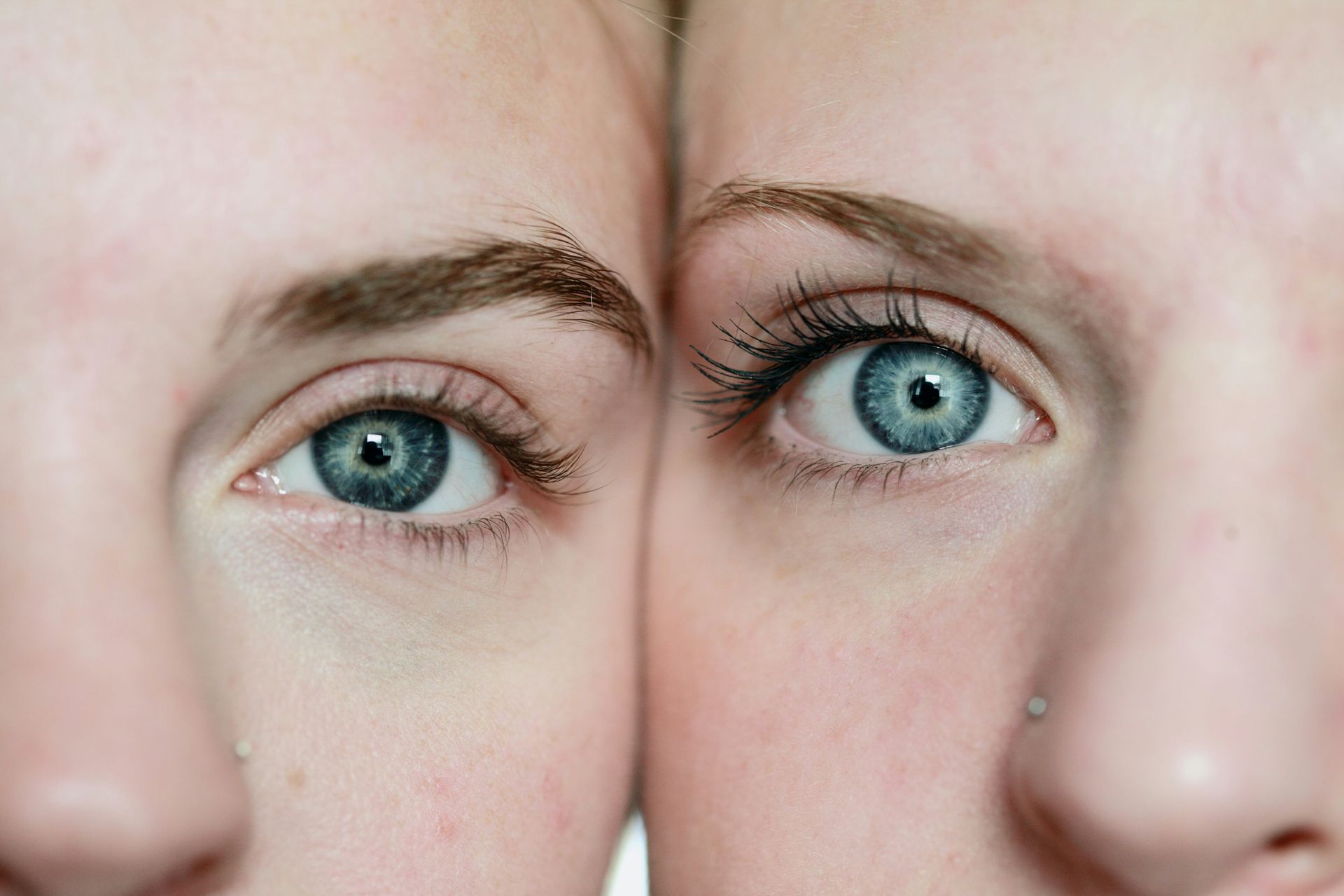Mastering the Art of Skincare and Makeup
From Moisturization to Eye Makeup Techniques
In today’s blog, we’re taking a deep dive into the essentials of skincare and makeup. Whether you're dealing with dry skin or exploring the nuances of eye makeup, I've got you covered with tips and tricks to enhance your beauty routine. So, let’s get started!
The Importance of Moisturizer
Our skin, composed of 70% water, craves moisture to maintain a healthy barrier. Without a protective layer like a moisturizer, this precious moisture simply evaporates. Did you know that at night, our skin enters repair mode and experiences Trans-Epidermal Water Loss (TEWL)? That’s why applying moisturizers and serums is crucial to minimize moisture loss, ensuring hydrated, protected, and healthy skin.
Quick Analogy:
Think of your skin as a grape. Without moisture, it shrivels into a raisin. The same happens to your skin without proper hydration.
Primer Vs. Moisturizer
Both primer and moisturizer serve different but vital roles. A moisturizer hydrates and maintains a healthy skin barrier, while a primer addresses texture issues and prepares the skin for foundation. Always use a moisturizer, but a primer is your choice based on your skin’s needs.
Choosing the Right Primer
Select a primer based on your specific skin concerns:
- Oiliness: Opt for a mattifying primer.
- Redness: A green-tinted primer can neutralize red tones.
- Large Pores: Most primers fill in pores for a smoother look.
- Dry Skin: Choose an illuminating primer for added glow.
QUIZ: Skin Quiz with Custom Recommendations
Applying Primer Correctly
Use a synthetic brush for cream-based products like primer. Remember, less is more. Apply just enough to address your specific concerns, like the T-zone for oily skin or large pores.
Primer Without Makeup
While not essential, a primer can smooth your skin, enhancing the look of your foundation if you choose to wear it.
Foundation and Contouring
Apply foundation before contouring. This allows for easier blending and targeted application of contouring products to specific face areas.
Contouring Tips for the Forehead
Contour your forehead only if you wish to adjust its appearance. Apply contouring products to the outer areas or along the hairline, depending on whether you want to narrow the width or shorten the length of your forehead.
Eyeshadow Application Steps
Create a beautiful eyeshadow look with these steps:
- Crease: Apply a medium shade in the crease with a fluffy brush.
- Lower Lid: Pat the lightest shade onto the lower lid with a flat brush.
- Outer Corner: Use a tighter brush to apply the darkest color in a sideways "V" at the outer corner, then blend.
Tips for Natural Eyeshadow and Hooded Eyes
For a natural look, follow the same steps but blend well for a softer effect. For hooded eyes, blend the medium shade slightly above the natural crease and extend the darkest color above the outer crease to create the illusion of depth.
Choosing Eyeshadow Shades
The number of shades depends on your desired look. Generally, 2 to 3 shades are sufficient for everything from a natural to a dramatic look.
Applying Gel and Cream Liner
For both gel and cream liners, use a thin angled brush for precise application. Start from the inner corner and create small strokes close to the lash line, working your way outwards.
Eyeliner for Different Eye Looks
Eyeliner application depends on your desired eye shape:
- Elongate Eyes: Winged liner on the top lid.
- Round Eyes: Liner on the outer lashes top and bottom.
- Dramatic Eyes: Smudge liner under the lower lashes.
- Small Eyes: Liner in the water lines or entire lower lash line.
Eyeliner Tips for Hooded Eyes
For hooded eyes, avoid winged liner. Stick to lining along the natural lash line to prevent smudging on the upper lid.
Wrapping Up
Remember, makeup is an art, and skincare is its canvas. Whether it's choosing the right moisturizer or mastering eyeliner techniques, understanding these basics will help you enhance your natural beauty and feel confident in your skin.
Stay radiant and beautiful!




